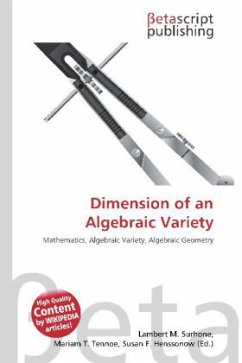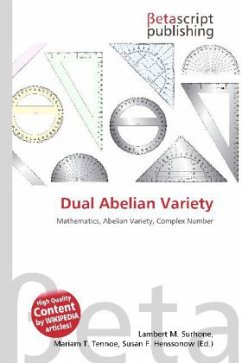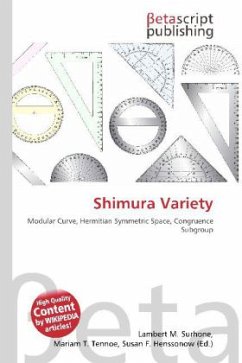Please note that the content of this book primarily consists of articles available from Wikipedia or other free sources online. In mathematics, crystalline cohomology is a Weil cohomology theory for schemes invented by Grothendieck (in his letter to Tate (Grothendieck 1966) and his lecture (Grothendieck 1968)) and developed by Pierre Berthelot (1974). Its values are modules over rings of Witt vectors over the base field. Crystalline cohomology is partly inspired by the p-adic proof in Dwork (1960) of part of the Weil conjectures and is closely related to the (algebraic) de Rham cohomology introduced by Grothendieck (1963). Roughly speaking, crystalline cohomology of a variety X in characteristic p is the de Rham cohomology of a smooth lift of X to characteristic 0, while de Rham cohomology of X is the crystalline cohomology reduced mod p (after taking into account higher Tors).
Bitte wählen Sie Ihr Anliegen aus.
Rechnungen
Retourenschein anfordern
Bestellstatus
Storno








